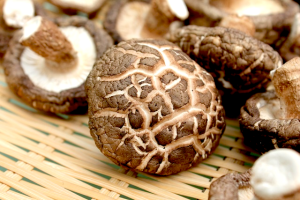
Is Agave Paleo?
The Paleo List Answers: Is Agave Paleo?
Agave is one of the trendier sweeteners on the market, but marketing prowess doesn’t necessarily make this “nectar” healthy, natural, or Paleo.

What is Agave?
Agave is a plant native to Mexico, known for being the source behind tequila, and the highly marketable “agave nectar.” Agave, in syrup form, lines the shelves of supermarkets and health food stores, touting its low glycemic load as an excuse to indulge regularly in this sweetener. It is slightly sweeter than honey, with a thinner consistency, falling somewhere between maple syrup and regular honey. It is commercially produced from a number of different species of agave in much the same way that high fructose corn syrup is produced. Similar to high fructose corn syrup doesn’t sound so healthy, does it?

Agave syrup is touted as a healthy sweetener because it doesn’t spike the blood sugar in the same way that glucose does, simply because it is refined fructose, which is metabolized in the liver and converted immediately to fat. Agave syrup as we know it is refined fructose, not very close to it’s natural plant form.
Is Agave Paleo?
No, agave nectar is not Paleo. It’s actually one of the worst sweeteners because it’s so misleading. It has more fructose than high fructose corn syrup, fewer nutrients than raw honey, and when it’s not certified organic, it is often processed with GMO-sourced enzymes. Real, traditional agave is made when the center of the agave plant is boiled to create a sweet nectar, in much the same way that natural maple syrup is made. This real agave nectar is called miel de agave in Mexico, and is nearly impossible to find in the United States. Agave is not recommended, and has been linked to a number of illnesses. Opt for more natural sweeteners like liquid stevia, raw honey, or even Grade B maple syrup instead.
Are you struggling with which foods are Paleo? Do you need help planning some Paleo meals? Check out this great Paleo cookbook:




